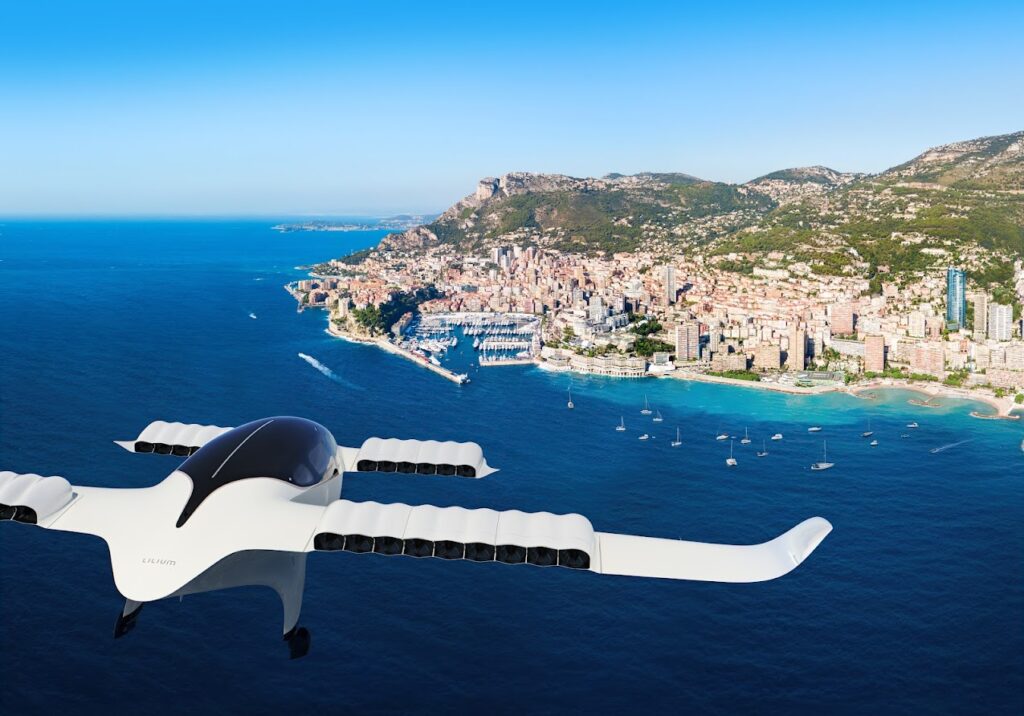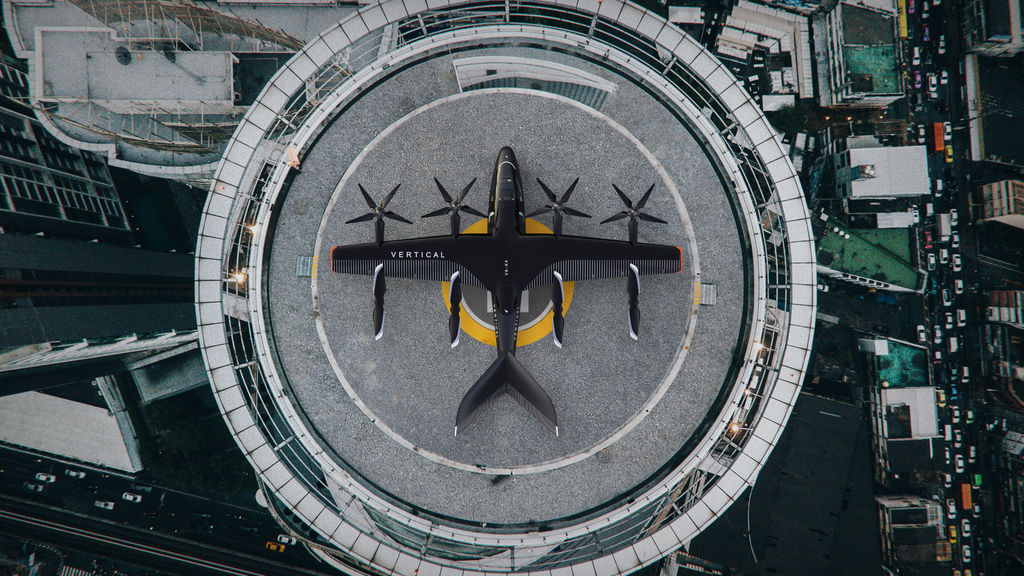In a significant move towards revolutionizing urban transportation, the European Union Aviation Safety Agency (EASA) has unveiled rules aimed at ensuring the safe operation of Vertical Take-Off and Landing (VTOL) aircraft, including air taxis.
This ambitious proposal marks a significant step forward in opening up the European skies to innovative, sustainable, and secure VTOL operations.
EASA’s Vision for VTOL Aircraft
EASA’s Executive Director, Patrick Ky, expressed his support for the release of the pioneering regulations, stating, “I am happy to release this Opinion to the European Commission, which is once again the first proposal on this topic to be issued worldwide.”
“With this, we will achieve a harmonized regulatory framework to ensure the safe, sustainable, and secure introduction of VTOL operations.”
The agency recognizes that VTOL technology has the potential to transform urban mobility, reduce congestion, and provide environmentally friendly transportation solutions.

[monsterinsights_popular_posts_inline]
Comprehensive Operational Requirements
EASA’s Opinion introduces a comprehensive set of operational requirements that encompass various aspects of piloted electric air taxis. These include:
1. Operational Domains
The proposal outlines the operational domains for VTOL aircraft, defining where and how they can operate within Europe’s airspace. This clarity is crucial for ensuring safe and efficient VTOL operations, preventing conflicts with traditional aviation.
2. Flight Crew Licensing
EASA’s regulations cover the licensing and certification of flight crews operating these innovative aircraft. This ensures that pilots have the necessary training and qualifications to safely operate VTOL air taxis.
3. Rules of the Air
The proposed rules also establish a clear framework for the rules of the air, outlining the rights and responsibilities of VTOL operators and their interactions with other airspace users. This is essential for maintaining safety and order in Europe’s skies.
4. Air Traffic Management
Efficient air traffic management is paramount to the success of VTOL operations. EASA’s regulations address how air traffic will be managed, coordinated, and integrated to prevent collisions and ensure smooth operations in urban environments.
Certification and Maintenance of Drones
In addition to addressing piloted electric air taxis, EASA’s proposal includes criteria and processes for the certification and maintenance of drones.
Drones play a crucial role in various industries, including logistics, agriculture, and surveillance, and having clear regulations in place is essential for their safe and responsible use.
A Complementary Framework
Once adopted, EASA’s Opinion will complement existing EU regulations and guidance materials related to unmanned aircraft, vertiport design specifications, unmanned traffic management (known as U-space in Europe), and the certification of VTOL-capable aircraft. This comprehensive approach ensures that VTOL operations are integrated seamlessly into the broader aviation landscape.
These new proposals were initially made available for public comment from June to September 2022. EASA values input from stakeholders and the public, emphasizing transparency and collaboration in shaping the future of VTOL operations.

Click the banner to subscribe to our weekly newsleter.









